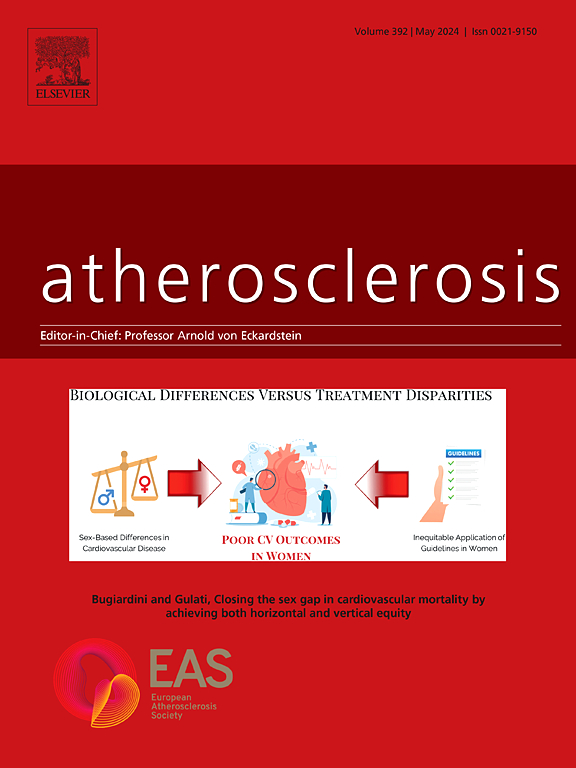Cardiac macrophages and their functions in homeostasis and injury
IF 5.7
2区 医学
Q1 CARDIAC & CARDIOVASCULAR SYSTEMS
引用次数: 0
Abstract
Due to their remarkable plasticity, macrophages can adapt to diverse environments and challenges therein, thereby exerting tissue-specific and context-specific functions. Macrophages are the most frequent immune cell population present in the heart and contribute substantially to cardiac homeostasis and function. Moreover, macrophages are key regulators throughout all stages of heart injury, acquiring diverse phenotypes that can either ameliorate or exacerbate cardiac pathology in a context-dependent manner. The contribution of macrophages to both tissue damage as well as to recovery/tissue repair during heart injury provides avenues for therapeutic modulation of their functions to beneficially influence heart injury progression and hence prevent heart failure. However, to effectively fine-tune macrophage function, a deep understanding of their heterogeneity is required. The present review focuses on the phenotypic diversity and different roles of macrophages in cardiac homeostasis as well as in ischemic and non-ischemic heart disease, and discusses macrophages as potential therapeutic targets in the settings of heart injury.

心脏巨噬细胞及其在稳态和损伤中的功能
由于巨噬细胞具有显著的可塑性,可以适应不同的环境和挑战,从而发挥组织特异性和上下文特异性的功能。巨噬细胞是心脏中最常见的免疫细胞群,对心脏的稳态和功能起着重要的作用。此外,巨噬细胞在心脏损伤的所有阶段都是关键的调节因子,获得不同的表型,可以以环境依赖的方式改善或加剧心脏病理。巨噬细胞在心脏损伤过程中对组织损伤和恢复/组织修复的贡献为治疗性调节其功能提供了途径,从而有益地影响心脏损伤的进展,从而预防心力衰竭。然而,为了有效地微调巨噬细胞的功能,需要深入了解它们的异质性。本文综述了巨噬细胞在心脏稳态以及缺血性和非缺血性心脏病中的表型多样性和不同作用,并讨论了巨噬细胞作为心脏损伤的潜在治疗靶点。
本文章由计算机程序翻译,如有差异,请以英文原文为准。
求助全文
约1分钟内获得全文
求助全文
来源期刊

Atherosclerosis
医学-外周血管病
CiteScore
9.80
自引率
3.80%
发文量
1269
审稿时长
36 days
期刊介绍:
Atherosclerosis has an open access mirror journal Atherosclerosis: X, sharing the same aims and scope, editorial team, submission system and rigorous peer review.
Atherosclerosis brings together, from all sources, papers concerned with investigation on atherosclerosis, its risk factors and clinical manifestations. Atherosclerosis covers basic and translational, clinical and population research approaches to arterial and vascular biology and disease, as well as their risk factors including: disturbances of lipid and lipoprotein metabolism, diabetes and hypertension, thrombosis, and inflammation. The Editors are interested in original or review papers dealing with the pathogenesis, environmental, genetic and epigenetic basis, diagnosis or treatment of atherosclerosis and related diseases as well as their risk factors.
 求助内容:
求助内容: 应助结果提醒方式:
应助结果提醒方式:


